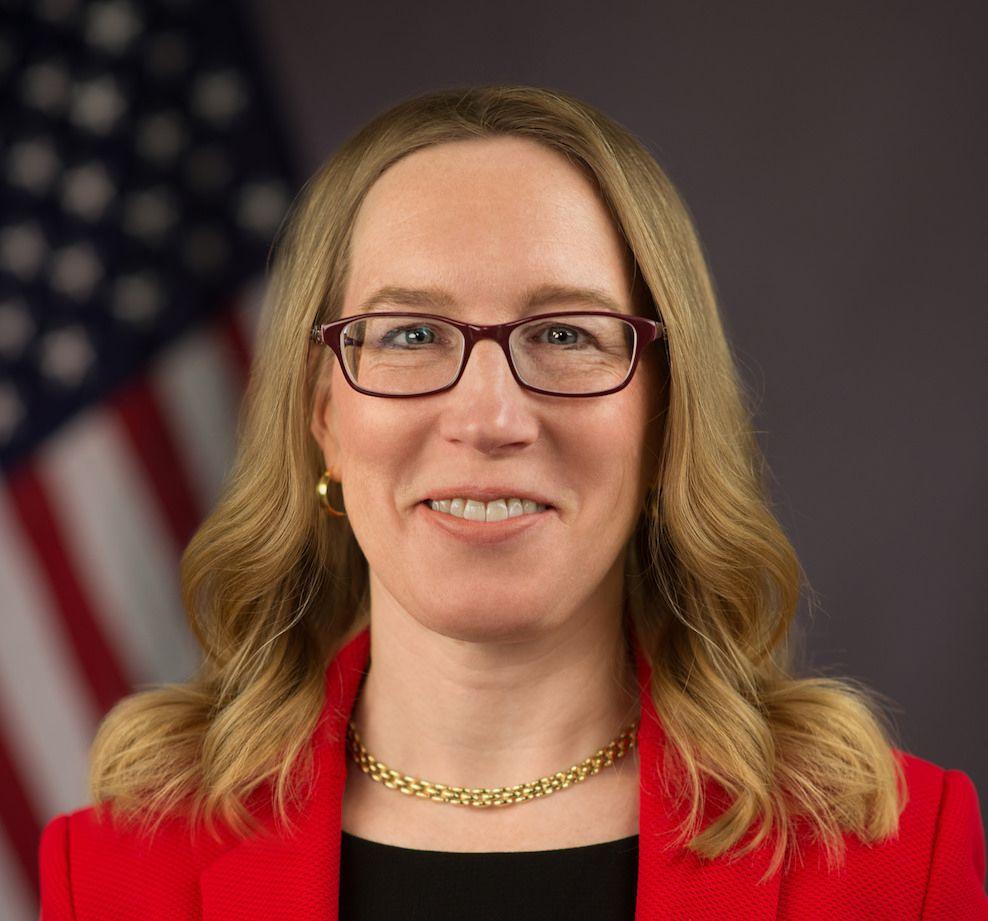Gary Gensler only officially stepped down as chairman of the US Securities and Exchange Commission (SEC) yesterday, but the federal agency’s approach to crypto is already under review.
Acting Chairman Mark Uyeda announced Tuesday that the agency has created a crypto task force dedicated to “developing a comprehensive and clear regulatory framework for cryptoassets.” The task force will be chaired by Commissioner Hester Peirce, a long-time advocate for the crypto industry, and will work closely with the crypto industry to develop regulations. The task force will also work with Congress and provide “technical assistance” as it drafts crypto regulations.
Both the tone and content of the SEC’s Tuesday announcement indicate a radical shift in the agency’s approach to crypto regulation under the new Trump administration.
“To date, the SEC has primarily relied on enforcement actions to regulate crypto retroactively and reactively, often adopting new and untested legal interpretations along the way,” the statement said. “Clarity about who needs to register and practical solutions for those seeking to register have been elusive. The result has been confusion about what is legal, creating an environment hostile to innovation and conducive to fraud. The SEC can do better.”
The SEC’s new crypto task force will also coordinate with the Commodity Futures Trading Commission (CFTC) — which, under former chairman Gensler and former CFTC chairman Rostin Behnam, has been locked in competition with the SEC over which agency should be the primary regulator of the crypto industry .
“This task will take time, patience and a lot of hard work. It will only succeed if the Task Force has input from a wide range of investors, industry participants, academics and other interested parties. We look forward to working hand in hand with the public to to promote a regulatory environment that protects investors, facilitates capital formation, promotes market integrity and supports innovation,” Commissioner Peirce said in a statement.
The SEC previously published staff guidance in 2019, although it has not been widely referenced or discussed in the past five years.



